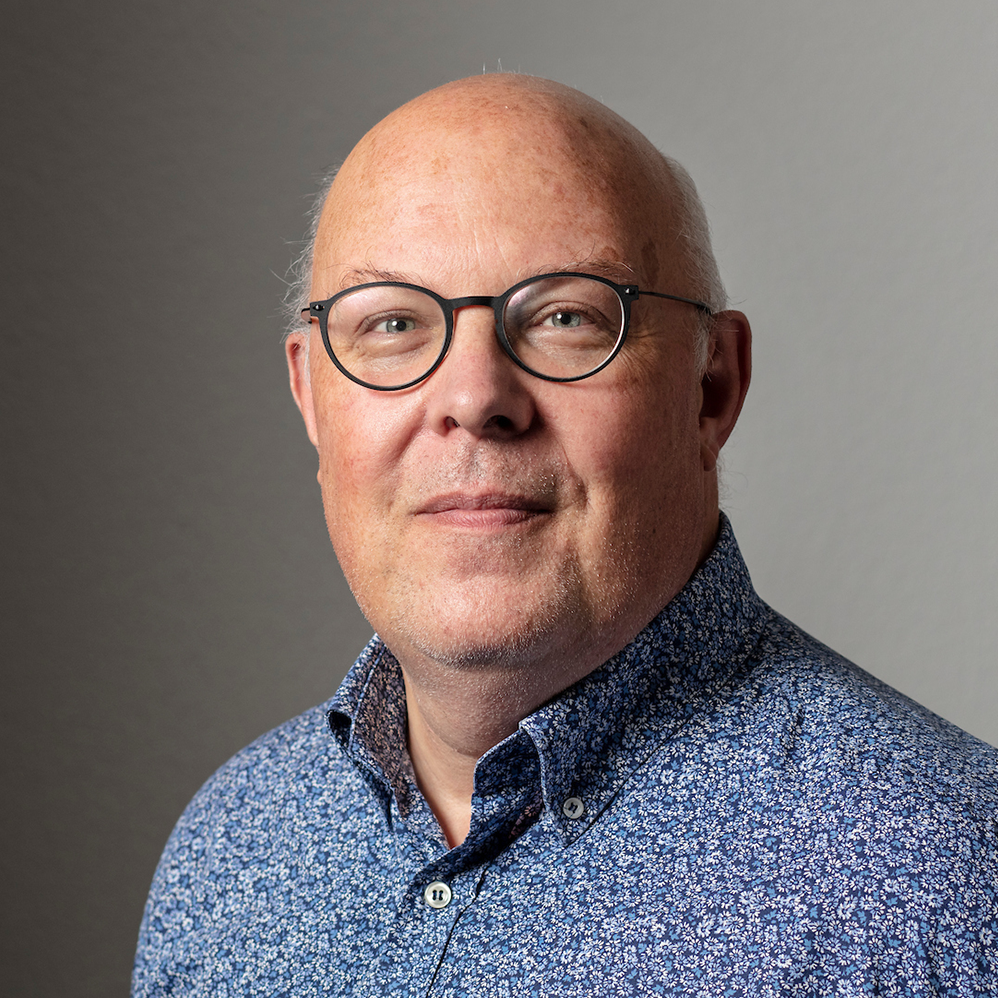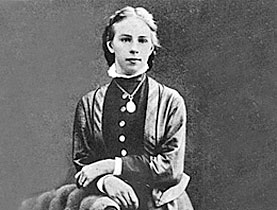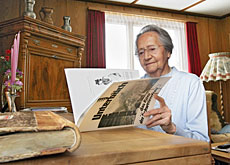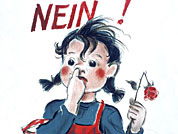Swiss women fill high political office in 2010

Next year the three highest political positions in Switzerland will be held by women, although women only got the vote in federal elections in 1971.
swissinfo.ch asked political scientist Werner Seitz from the Federal Statistics Office whether any conclusions could be drawn from this – or whether it was just a coincidence.
It’s fair to say that Switzerland has hardly shone regarding female suffrage: women in the United States, Britain and Germany had been voting for 50 years when their Swiss counterparts eventually made it to the ballot box.
Incredibly those in Appenzell Inner Rhodes had to wait until 1990 to vote at a cantonal level.
But 2010 will go down in the history books. Economics Minister Doris Leuthard, who was elected by a joint session of both chambers of parliament on Wednesday, will fill the rotating presidency for one year. Pascale Bruderer will be speaker of the House of Representatives and Erika Forster-Vannini will be speaker of the other parliamentary chamber, the Senate.
swissinfo.ch: Three women at the top of Swiss politics – coincidence or is there an underlying significance?
Werner Seitz: Obviously there’s a certain degree of chance that three women have the three highest political positions at the same time. But such coincidences are only possible if there’s a certain base, if women are present in these political organs – which is the case. Also, parties must be prepared to nominate women to these posts. In that sense, it’s not a coincidence.
swissinfo.ch: How would you describe the situation of women in Swiss politics?
W.S.: Women didn’t appear on the Swiss political scene until relatively late – they couldn’t vote in federal elections until 1971. But they’ve caught up massively in the past 40 years.
Switzerland is now in the top third of countries when measuring the number of women in political institutions – Scandinavian countries do better, because they were pioneers in the field. But 29.5 per cent of Swiss parliamentarians are women, putting Switzerland ahead of countries such as France, Britain, Italy and Austria.
swissinfo.ch: Although no political party has a female president…
W.S.: (Pause) That’s true, but that could be coincidence too. Until recently Ruth Genner led the Green Party, and in the past ten years every party has been headed by a woman apart from the [rightwing] Swiss People’s Party.
swissinfo.ch: The target is to have a female representation of 50 per cent – we’re still far from that.
W.S.: The path to parity is very long. Nordic countries for example had a considerable head start, having given women the vote at the beginning of the 20th century and having introduced quota systems [a form of affirmative action which favours women].
But I repeat: the situation in Switzerland isn’t that bad. Female representation has doubled in 20 years – and numbers are increasing steadily.
swissinfo.ch: Can 50 per cent be reached without resorting to quotas?
W.S.: Quotas are no longer a political option following the massive rejection of a quota initiative by Swiss voters. I’m certain however that parity can be reached without quotas.
But parity is also a cultural question. It’s therefore necessary to change [a country’s] entire culture, which also takes quite a while. At any rate parity has been more successful in politics than in business.
But it’s precisely because it’s a cultural process that it can’t be imposed. It’s above all by raising public awareness and by identifying the problem that progress can be made.
swissinfo.ch: Are there differences among the parties? For a long time it was the parties on the left that made female representation a priority.
W.S.: For a long time it was indeed a trademark of the “Reds and Greens” to put women on their election lists. But over the past ten to 15 years the [centre-right] Radicals have caught up well, especially in the majority electoral systems, such as the Senate and cantonal governments. The [centre-right] Christian Democrats have done the same, but only in the House of Representatives – 32 per cent in 2003, increasing to 39 per cent in 2007.
So even if there remains a trend for the left to put forward more women, you can no longer truly talk of a left-right divide on the issue.
Olivier Pauchard, swissinfo.ch (Adapted from French by Thomas Stephens)
February 1971: Swiss voters agree to give women the vote in federal elections. It is the last Western republic to do so.
October 1971: Eleven women are elected to parliament – ten to the House of Representatives and one to the Senate.
1977: Elisabeth Blunschy, a Christian Democrat, becomes the first woman to be elected speaker of the House of Representatives.
1984: Elisabeth Kopp, from the Radical Party, becomes the first female cabinet minister (she resigns five years later following a scandal).
1987: Eva Segmüller, a Christian Democrat, becomes the first female party president.
1999: Ruth Dreifuss, a Social Democrat, becomes the first female president (and also the first and only Jew to hold the office). The Federal Chancellor is also a woman, Annemarie Huber-Hotz.
2003: Four women are elected to the seven-member Zurich cantonal government, making Zurich the first canton to have more women than men in its administration.

In compliance with the JTI standards
More: SWI swissinfo.ch certified by the Journalism Trust Initiative













You can find an overview of ongoing debates with our journalists here . Please join us!
If you want to start a conversation about a topic raised in this article or want to report factual errors, email us at english@swissinfo.ch.